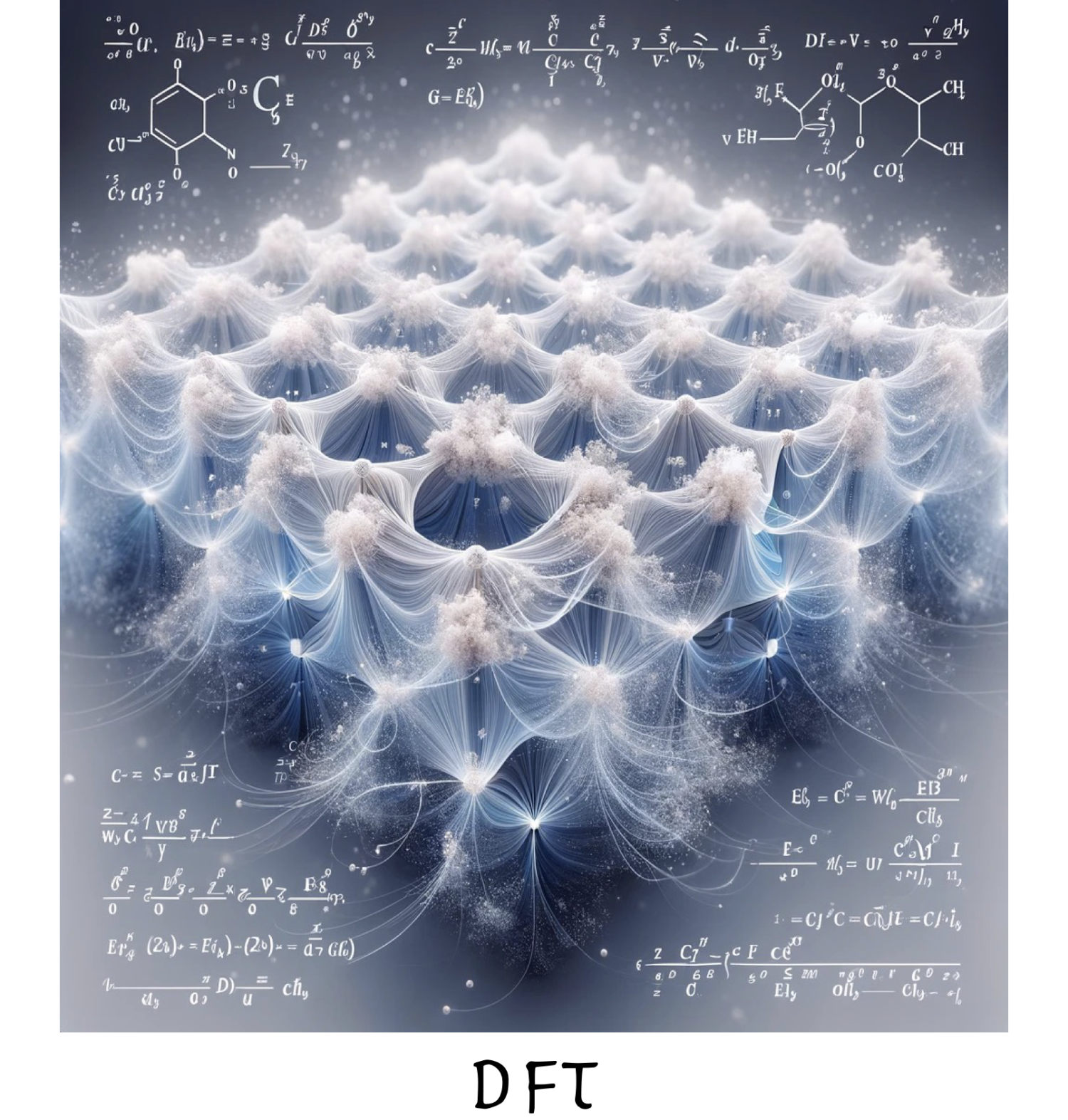Electronic structure theory and its applications
Obtaining a solution to the many-electron Schrödinger equation stands as one of the grand challenges in chemistry and physics. Highly accurate solutions are achievable for relatively small systems containing elements from the first two rows of the periodic table, enabling us to predict the energies and properties, sometimes even achieving accuracy on par with experimental results. However, the predictive power diminishes significantly when attempting to study the properties of transition metal-containing clusters or transition states. This is because, although formulating the problem of electronic structure is trivial, solving it with reasonable computational resources is known to be exceptionally challenging. The problem is classified as NP-hard, indicating that the computational resources required scale exponentially with the number of electrons. Therefore, for most systems, except those with around 10 electrons, approximations have to be made. These approximations give rise to a range of methods, from less accurate but cost-effective to more accurate but expensive. We have worked on a variety of these methods and below we give a brief overview of essential ideas behind some of them.





